Citizens React to Del Ray Neighborhood Landing on Virginia’s Most Endangered Site List
Historic District Threatened By Overdevelopment, Say Residents
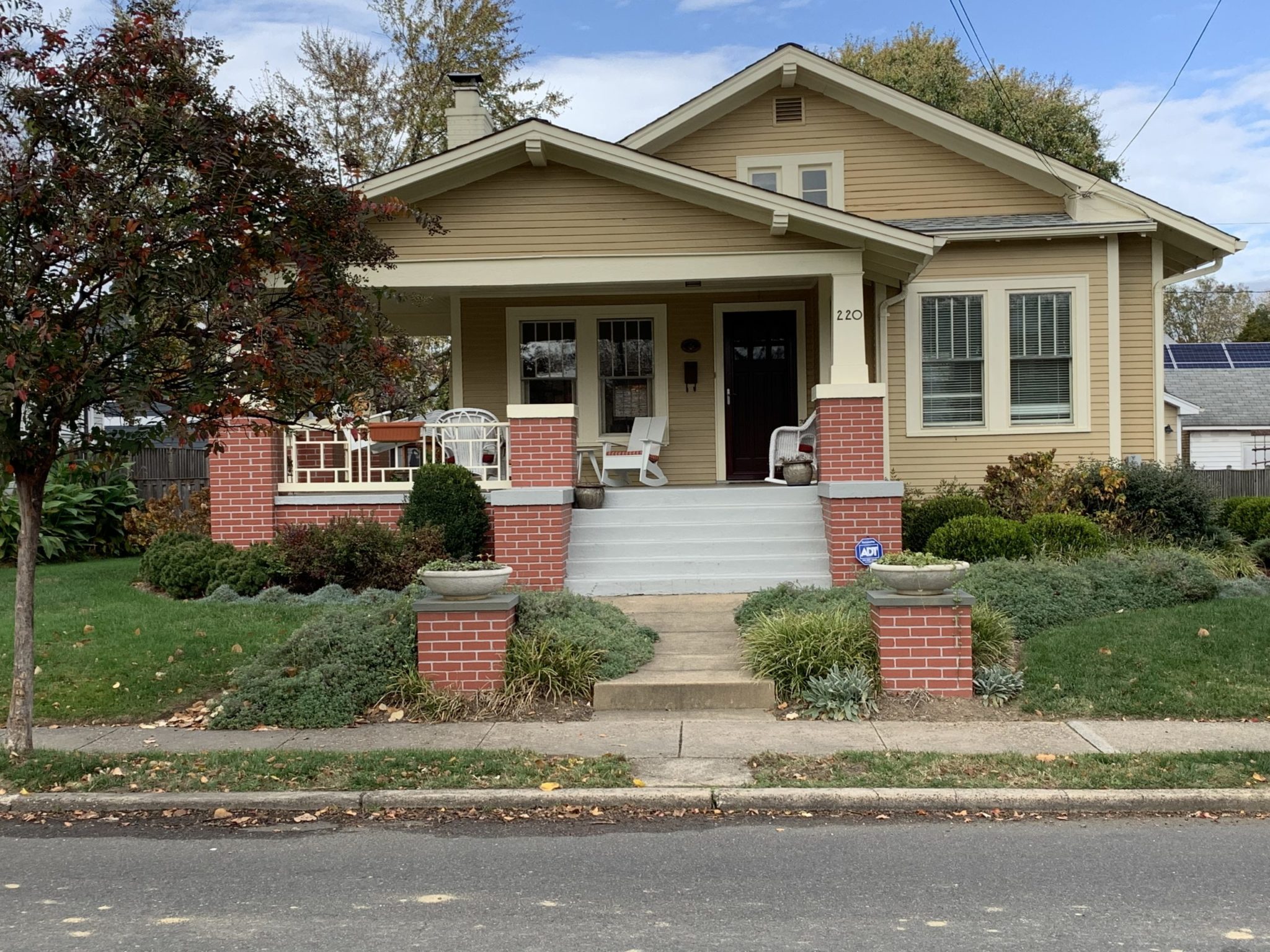
Alexandria, VA — “Historic buildings, once destroyed, are lost forever. The essential fabric of a community needs to evolve, rather than being bulldozed,” said Lee Ness, founder of the Town of Potomac Historical Association, in response to Del Ray (Town of Potomac) being named one of the Commonwealth’s most endangered historic sites.
On May 9th, Preservation Virginia announced its 2023 list of the most endangered historic sites across the Commonwealth. Nine individual locations and two thematic nominations facing substantial threats were named to this year’s list. They range from single structures of historic significance such as the last headquarters of the Virginia Federation of Colored Women’s Clubs in Hampton, Virginia to portions of the Del Ray neighborhood.
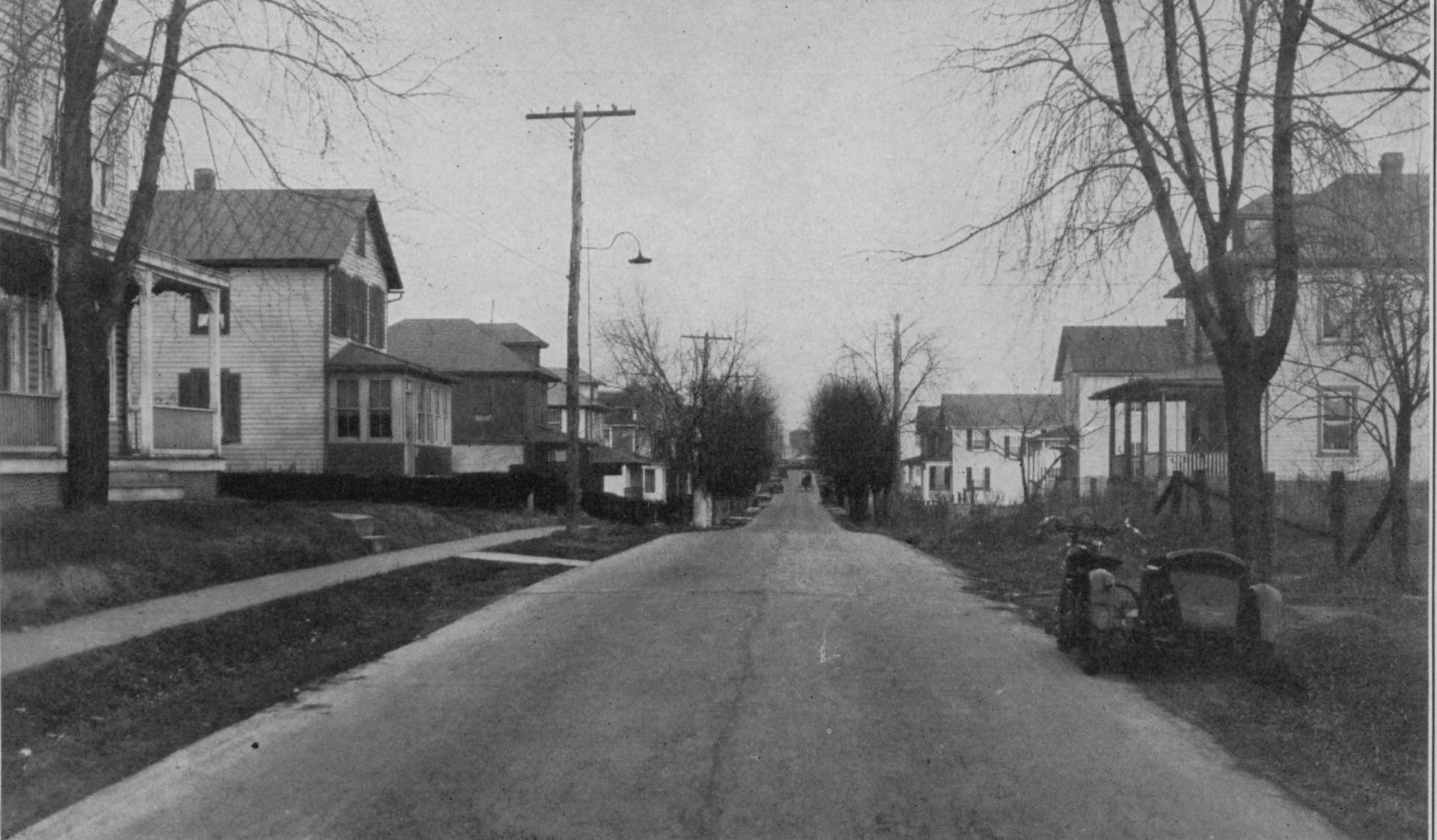
The Town of Potomac was formed in 1908 from a group of late-19th to early-20th century planned subdivisions, including Del Ray, Del Ray II, St. Elmo, Abingdon, Hume and Mt. Vernon. Each of the subdivisions had been laid out in grids of long blocks and served by light rail and trolley lines for daily commuters to Washington, D.C. The new commuter neighborhoods remained popular during World War I, the Great Depression, and World War II as demand for federal jobs and housing remained high. In 1930, the City of Alexandria later annexed the Town of Potomac. The annexed territory today makes up more than half of the neighborhood known as Del Ray.
THEN AND NOW: The Firehouse at 213 E. Windsor Avenue was built in 1926 and at the time also served as the Town Hall for the town of Potomac. Today it serves as Firehouse 202 in the group of stations operated by the City of Alexandria. (Courtesy photos)
“Today, Del Ray’s popularity coupled with city policies that encourage development over preservation jeopardizes its historic scale and architecture. Developers continue to demolish historic, affordable homes to build new, outsized, out-of-character houses,” says Rod Kuckro, a two-time president of the Del Ray Citizens Association, founder of the Town of Potomac Historic District and long-time Del Ray Resident. “In 1992, when the neighborhood was added to the National Register of Historic Places, the Town of Potomac Historic District, which includes portions, but not all of Del Ray, had 690 contributing buildings. Over 75 have been demolished in recent years, and the rate of loss is accelerating. Additionally, the City of Alexandria’s proposed zoning changes to height and density allowances, as well as the proposed elimination of zoning for single-family homes further incent redevelopment rather than restoration of contributing structures. Development that was once thought to be relegated to residential areas is now threatening the area’s historic commercial corridor.”
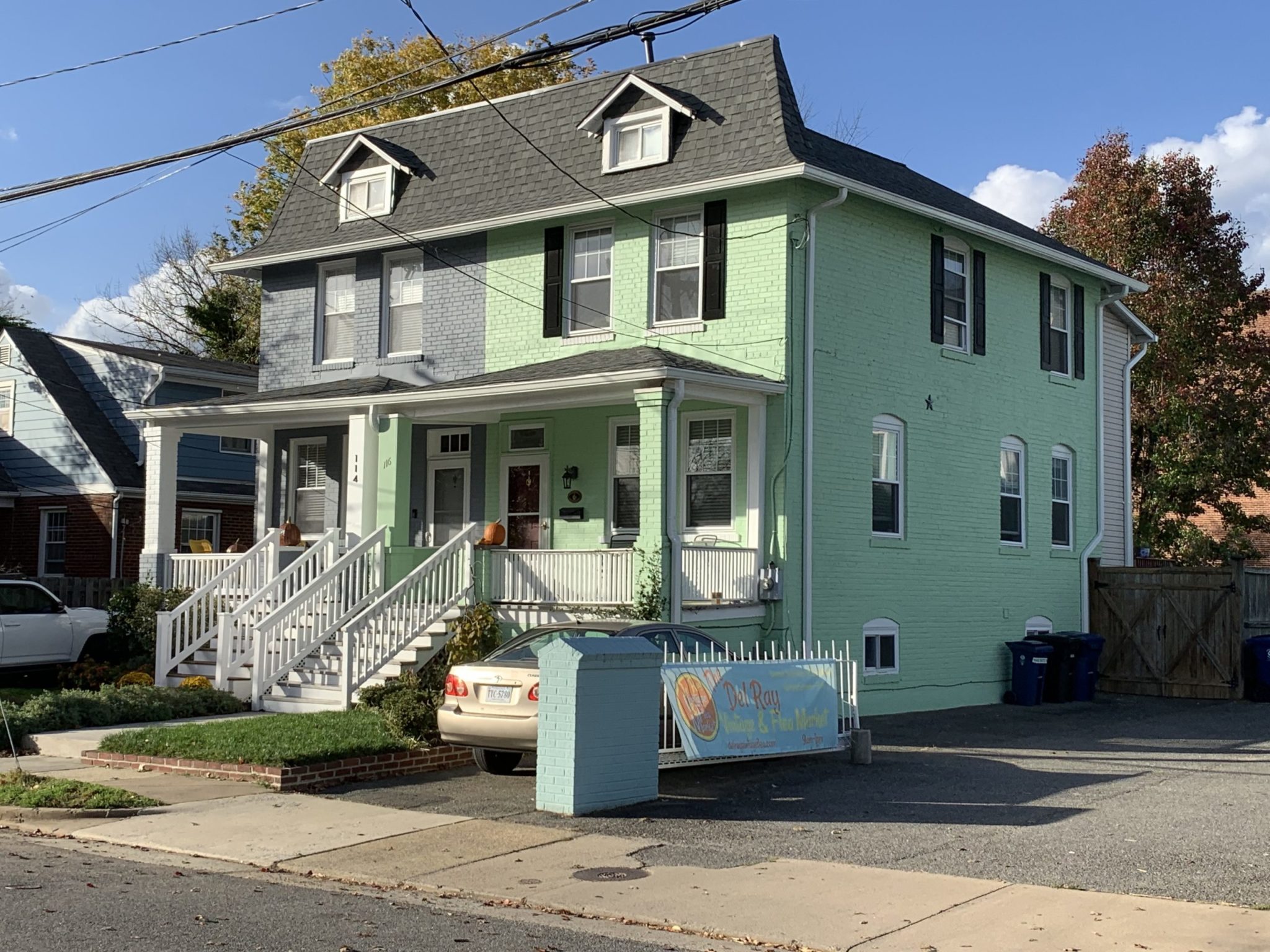
“This recognition of Del Ray as endangered is ironic and timely,” said Nate Hurto, co-founder of the neighborhood advocacy group Save Del Ray. “Historic Alexandria is quickly being overdeveloped into a sea of placeless design and plaques marking what was once here. Alexandria’s economic growth and character has long been rooted in preservation of form and scale. While developers ‘build assets,’ they are eliminating what has made Alexandria unique and desirable for residents and visitors alike. We hope that this dubious distinction will help City Council and Staff understand that many of the proposed land use policy changes currently being considered will create irreparable harm to our historic assets.”
Alexandria has historically been a model for preservation. The Alexandria Historic District Ordinance was the third established in the nation, and Alexandria’s Archaeological Resource Protection Code, passed in 1989, was the first such code in the nation to protect significant archaeological sites in a jurisdiction. Del Ray was added to the Virginia Landmarks Register in 1991 and to the National Register of Historic Places in 1992. In 2017, the Historic Alexandria Foundation and the Del Ray Citizens Association contributed funds to re-survey the district, which increased the number of contributing buildings (residential and commercial) throughout the neighborhood.
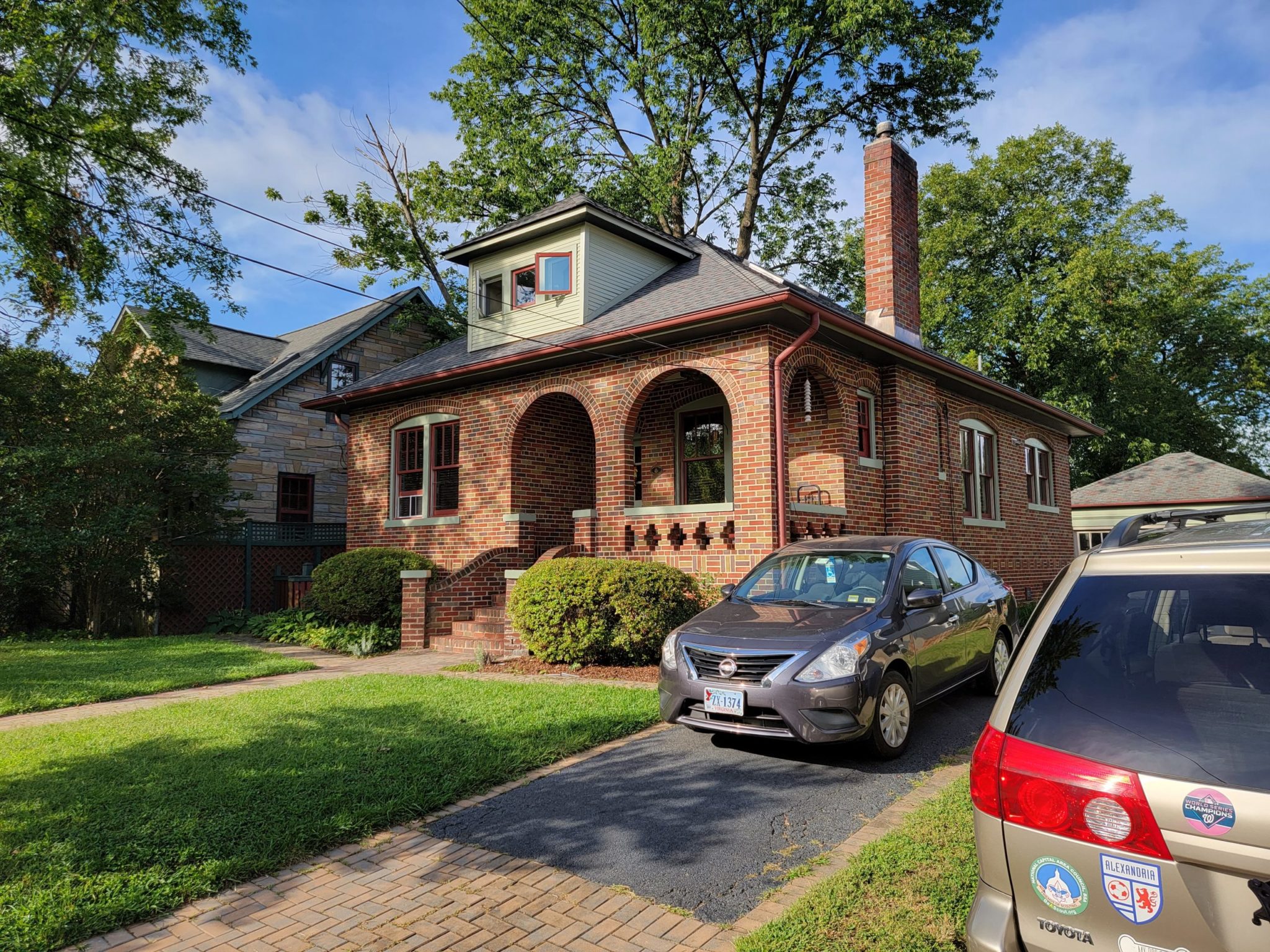
Melissa Butler, an historic researcher, was hired in 2017 by the Del Ray Citizens Association to discover more about the Town of Potomac before and after the 1930 annexation to the City of Alexandria. Her job was to identify buildings that should be added to the historic register. She specifically sought to identify those buildings constructed between 1941 and 1967, after the annexation, but when the town was still very independent, according to a story which ran in the Alexandria Gazette in 2017. According to Butler, the main influence on the architecture was the influx of workers related to supporting the Second World War. New housing areas were required for laborers in the City of Alexandria and many of them were housed in brick duplexes now historic reminders pointing to that time in Alexandria’s history.
“The historic district has been an economic engine not just for the Del Ray community but for Alexandria. The integrity of the small town that still exists so close to D.C. is a major reason folks want to live here and raise families,” says Kuckro. “But the threat to the district has never been greater. That is why the city needs to take immediate action to confer on the Town of Potomac district protections similar to those afforded to the Old & Historic District and the Parker-Gray Historic district,” he added.
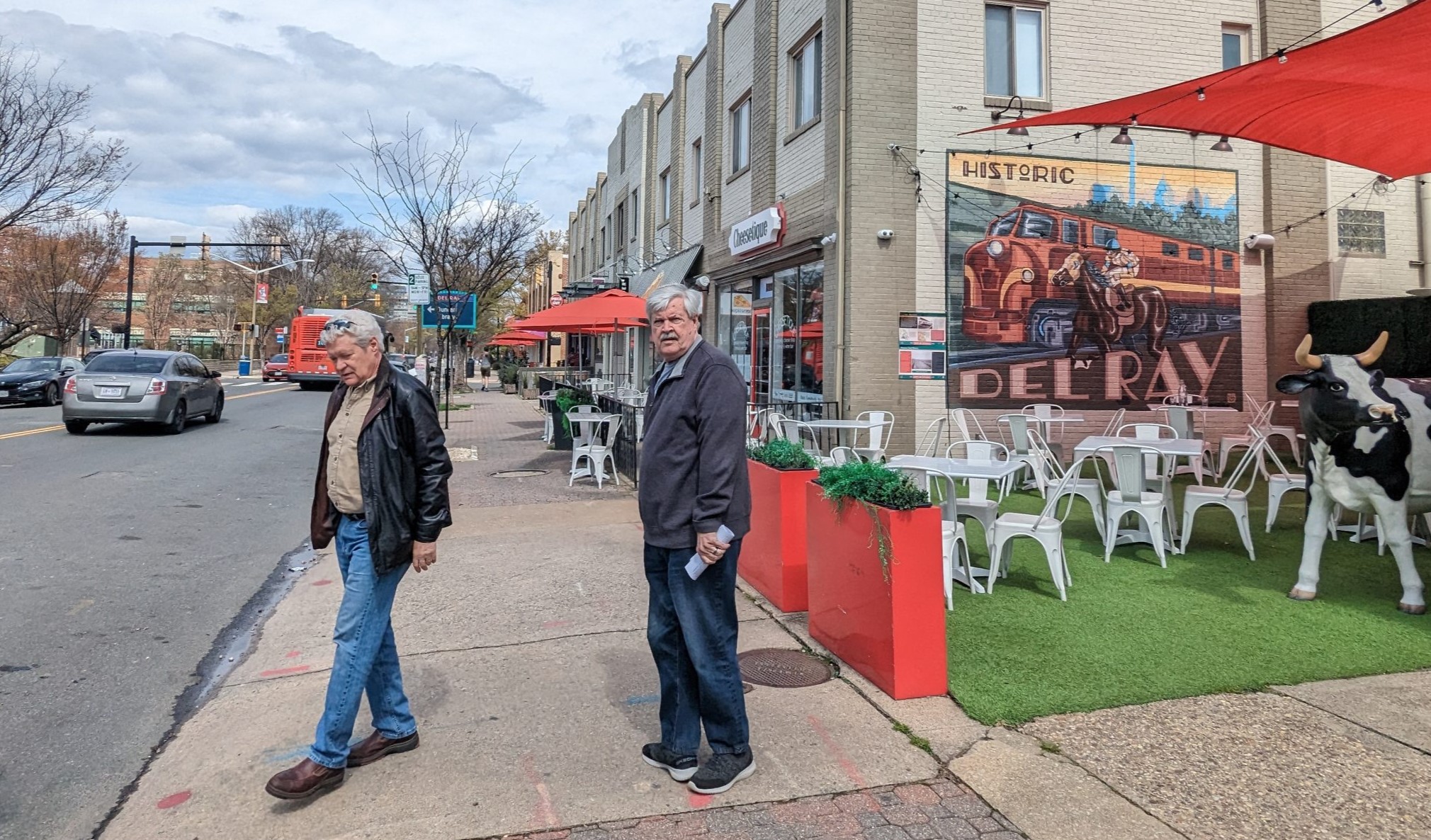
Butler, in 2017, concluded, “Without a Board of Architectural Review, the area has faced major architectural changes. There’s a misconception that having a historic district automatically protects things,” said Butler. “People might not think of historic districts needing to be updated, but it’s always good to consider reevaluating what’s in a district and what context it exists in. History is not stagnant.”
Kuckro continued, “It’s time to live up to the words on our city’s website that say Alexandria has a rich historic and cultural legacy which not only creates the city’s unique sense of place, but also represents one of its primary economic and cultural assets. The City of Alexandria is committed to honoring its historic legacy through preservation.”
ALSO IN ALEXANDRIA NEWS: Yellow Line Roars Back into Alexandria after Eight Month Closure


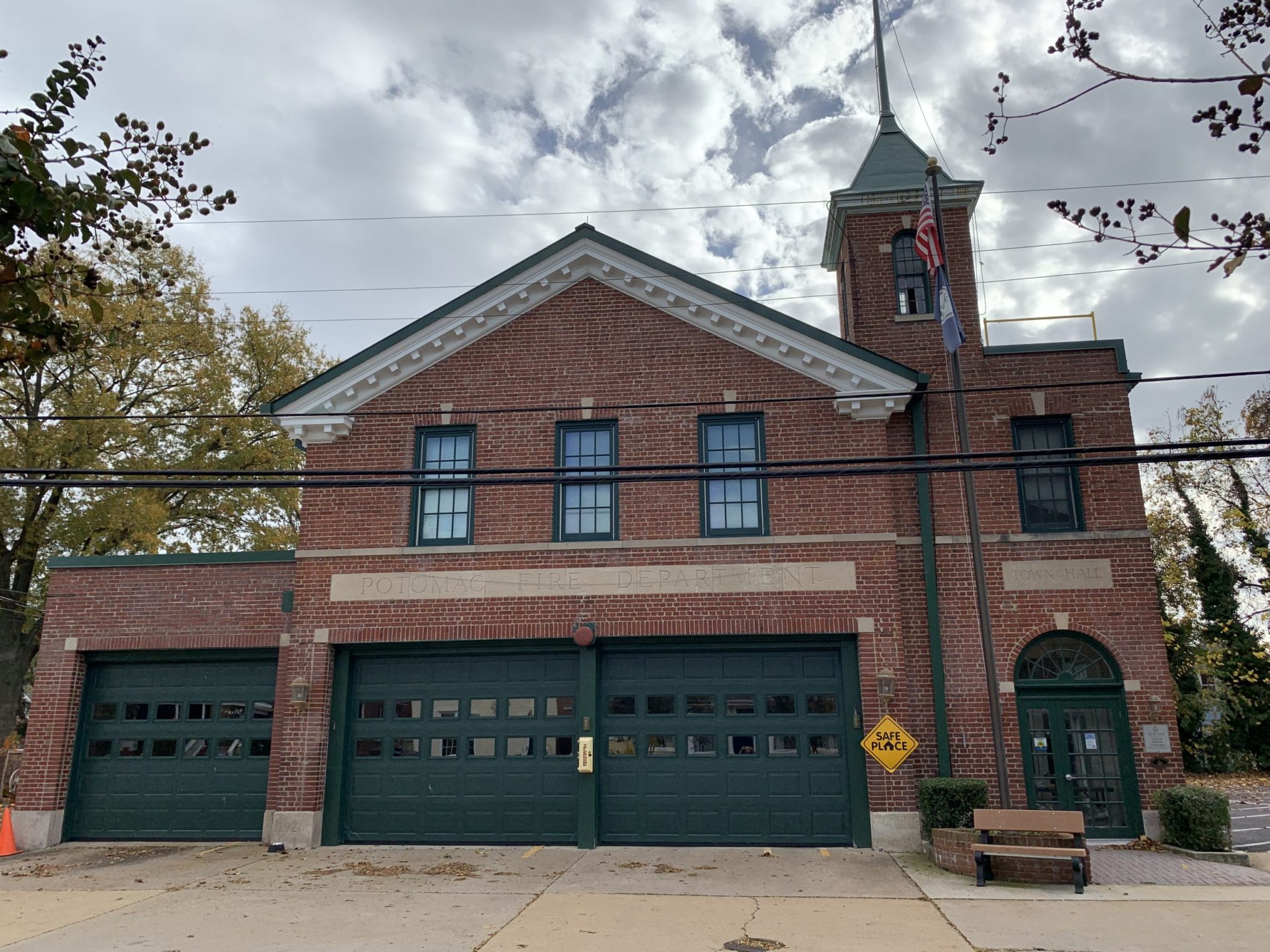




I remember when there were double lots everywhere in Del Ray, garden plots, even the occasional chicken coop and barn. There was air, sunlight, space. Now everything is being built in, built skyward, crowded in on other structures. It smells of developer money, cloaked in a thin veneer of social justice activism pretending to want to provide affordable housing. Maybe a few of the rubes actually believe in that stated goal. How gullible human beings are.
Many beautiful homes from my childhood have already been obliterated, unnecessarily. Leave our neighborhood alone. You’ve trashed North Henry Street, Richmond Highway, and the area around Braddock Metro Station. Your greed and desecrations are already abundant. As Joni Mitchell said, “You don’t know what you’ve got ’til it’s gone.”